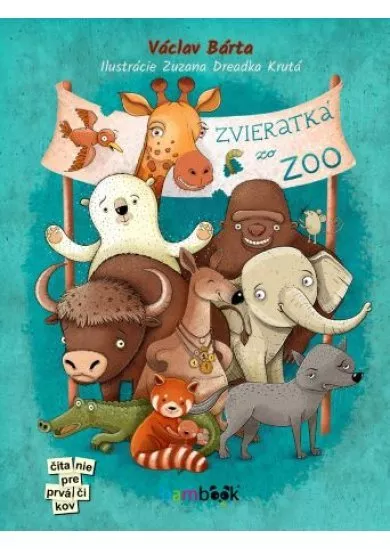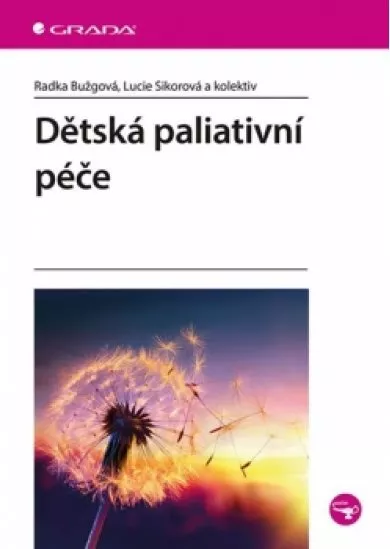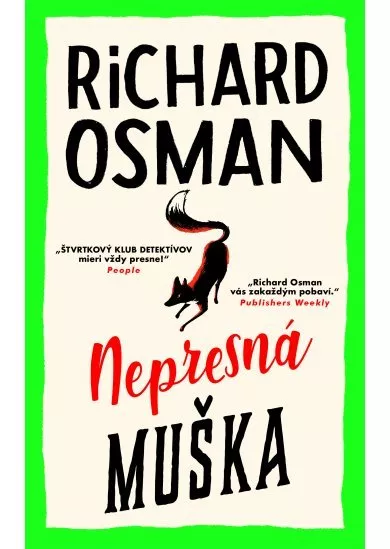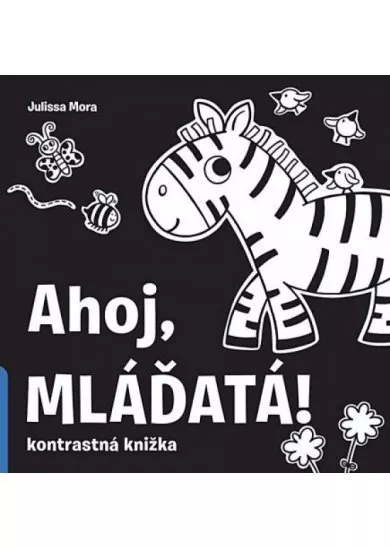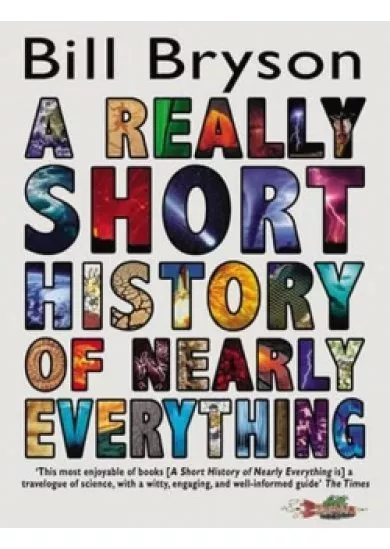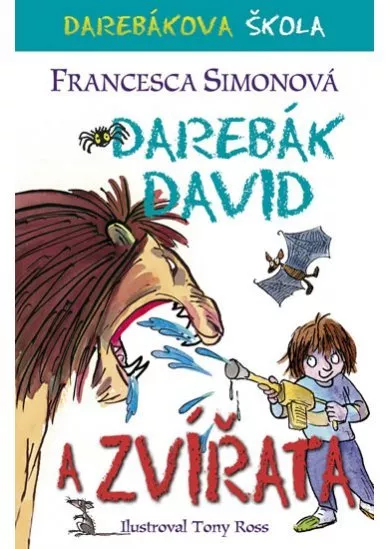James Cheshire, Oliver Uberti
Where The Animals Go
From the bestselling authors of London: The Information Capital comes the first book to tell real stories of wildlife through data and infographics Until the twentieth century, the study of animals was limited to what a naturalist could observe with their eyes. 'Tracking animals' meant following their footprints and droppings. In 1900, scientists began the first bird-banding schemes and observation surveys. By the new millennium, researchers were using radio transmitters, drones, bioacoustics, DNA analysis, cellular networks and GPS to track wildlife. The authors highlight nine data-collection methods and create fifty stories around these, illustrated by stunning maps and graphics. From how birds avoid tornadoes to what slime can tell us about urban planning, the book will prove that ecology and zoology truly are tech fields. [Praise for London: The Information Capital] 'The book is infinitely compelling, one you'll return to time and again, and full of 'wow, you have to see this' moments. It reinforces the notion that information really can be beautiful...' Londonist [Praise for London: The Information Capital] 'Brilliantly compelling...The Information Capital is a tour de force in the modern use of graphics to make a point' London Evening Standard Oliver Uberti is a visual journalist, designer and the recipient of many awards for his information graphics and art direction. From 2003 to 2012, he worked in the design department of National Geographic, most recently as Senior Design Editor. He has a design studio in Ann Arbor, Michigan. Dr James Cheshire is a geographer with a passion for London and big data. His award-winning maps have appeared in the Guardian and the Financial Times as well as on his popular blog,Mapping London. James is currently a lecturer at University College London and a Fellow of the Royal Geographical Society.
From the bestselling authors of London: The Information Capital comes the first book to tell real stories of wildlife through data and infographics Until the twentieth century, the study of animals was limited to what a naturalist could observe with their eyes. 'Tracking animals' meant following their footprints and droppings. In 1900, scientists began the first bird-banding schemes and observation surveys. By the new millennium, researchers were using radio transmitters, drones, bioacoustics, DNA analysis, cellular networks and GPS to track wildlife. The authors highlight nine data-collection methods and create fifty stories around these, illustrated by stunning maps and graphics. From how birds avoid tornadoes to what slime can tell us about urban planning, the book will prove that ecology and zoology truly are tech fields. [Praise for London: The Information Capital] 'The book is infinitely compelling, one you'll return to time and again, and full of 'wow, you have to see this' moments. It reinforces the notion that information really can be beautiful...' Londonist [Praise for London: The Information Capital] 'Brilliantly compelling...The Information Capital is a tour de force in the modern use of graphics to make a point' London Evening Standard Oliver Uberti is a visual journalist, designer and the recipient of many awards for his information graphics and art direction. From 2003 to 2012, he worked in the design department of National Geographic, most recently as Senior Design Editor. He has a design studio in Ann Arbor, Michigan. Dr James Cheshire is a geographer with a passion for London and big data. His award-winning maps have appeared in the Guardian and the Financial Times as well as on his popular blog,Mapping London. James is currently a lecturer at University College London and a Fellow of the Royal Geographical Society.
| Jazyk | anglický |
| Vydavateľ | Particular Books |
| Počet strán | 192 |
| Typ viazania | tvrdá |
| Rozmery (š-v-h) | 25 x 28 cm |
| EAN | 9781846148811 |
| Dodacia doba | nedostupné |









